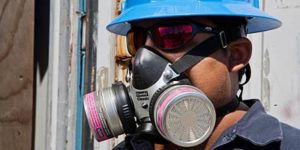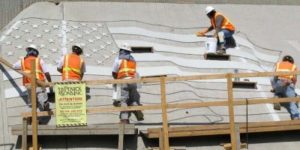Know what you are defining with your tests and work descriptions. Your intent is that the architect/owner/GC will be taking you at your word as a professional, an expert.
With ASTM references, the ASTM test speaks for itself, but this does no one any good, and can in fact cause problems, if the proper ASTM is not specified or test results do not follow the prescribed criteria.
For example, with a polished concrete floor that is specified to be densified and hardened, ASTM C779/C779M-05 Standard Test Method for Abrasion Resistance of Horizontal Concrete Surfaces is probably the most important test. This measurement produces the most accurate and true means to judge the impact of the densification. Is such a test practical to administer on every floor, or is every floor the same? No. The fact that there are variations in concrete floors, intended or not, is the reason for using good, sound benchmarks for your testing. Start with a good mix design and finishing technique, such as starting with a 4,000-psi slab that meets ACI 302.1R requirements. By following these industry-approved guidelines, you are showing results based on “an industry-accepted” floor, not a floor that fails to meet standards. If the floor you are densifying is substandard to start with, you and your customer should expect superior results following densification. Your goal should be to provide a minimum increase of abrasion on a “good” floor, with anything above that gravy.
The final step to earning credibility is to have an accredited third party perform the test once the correct test has been identified.















